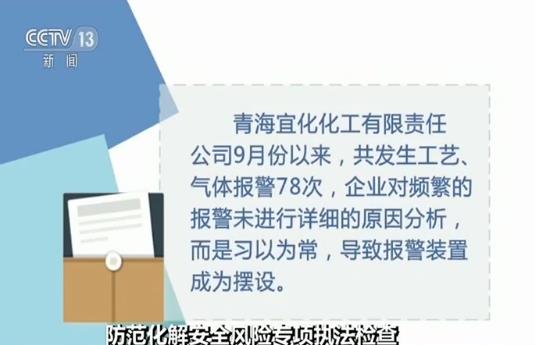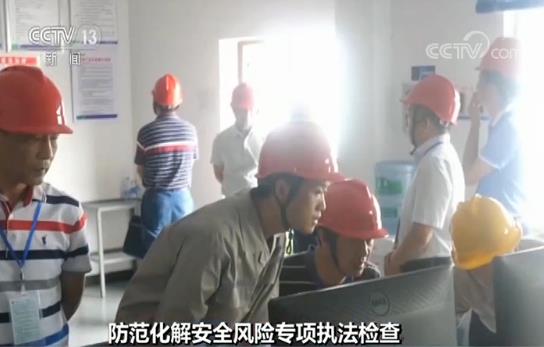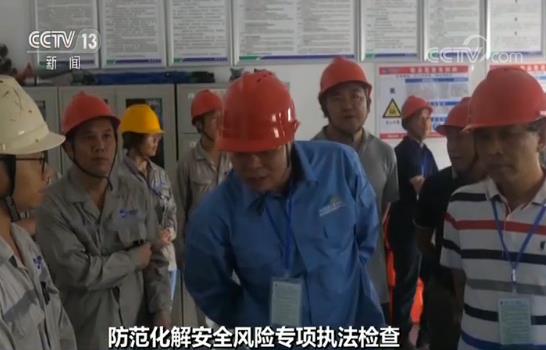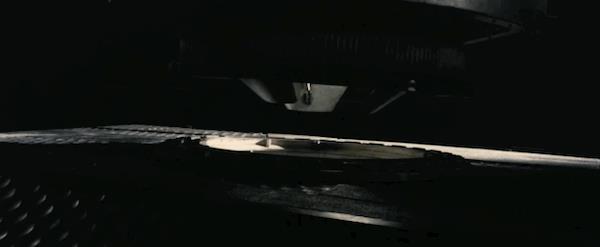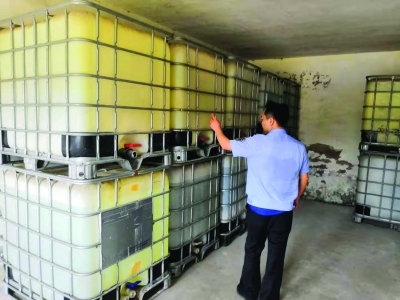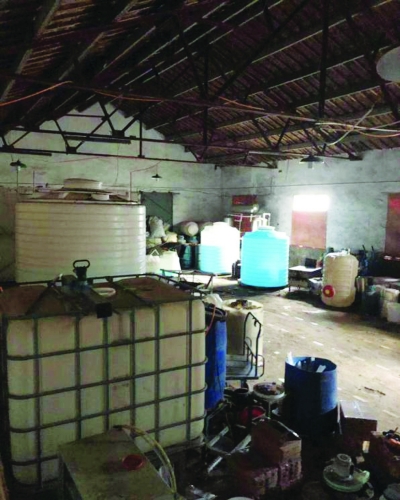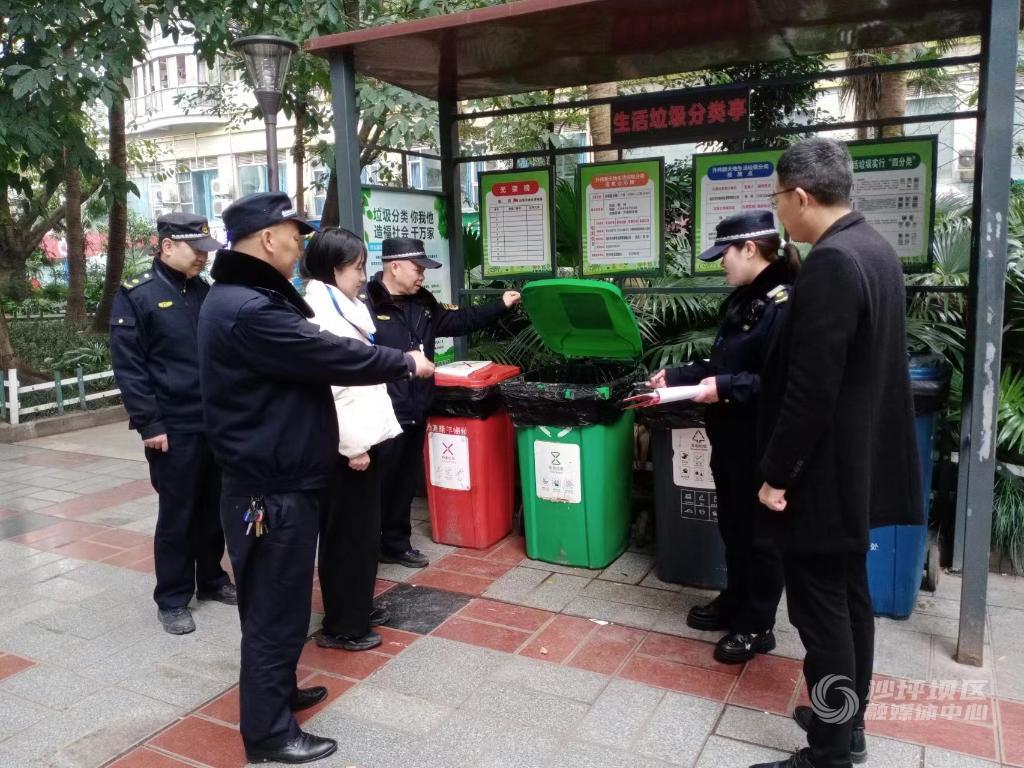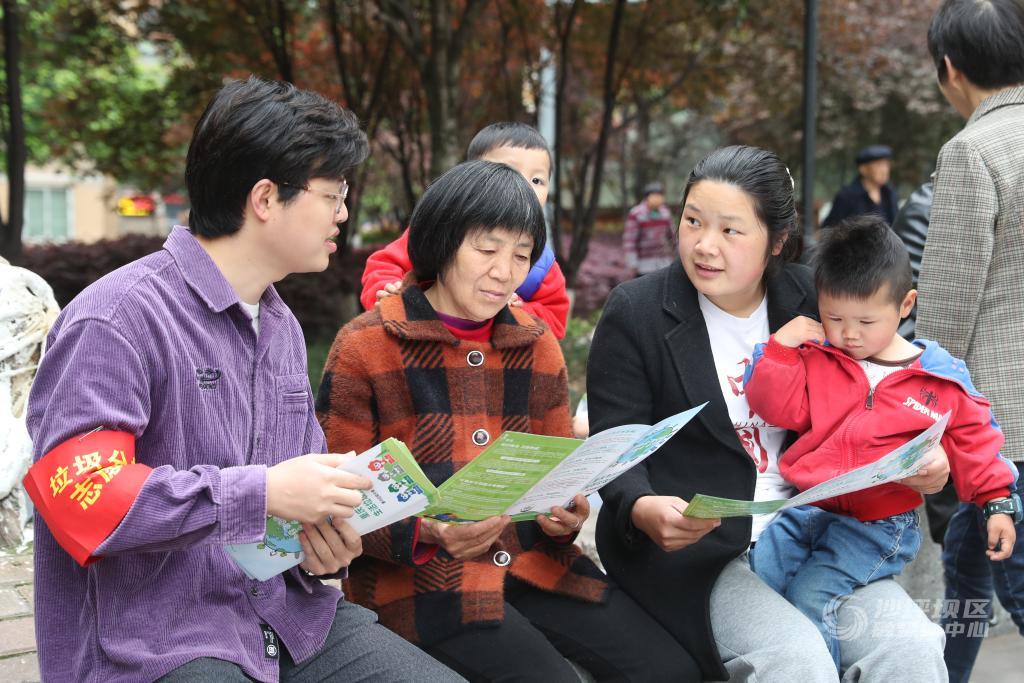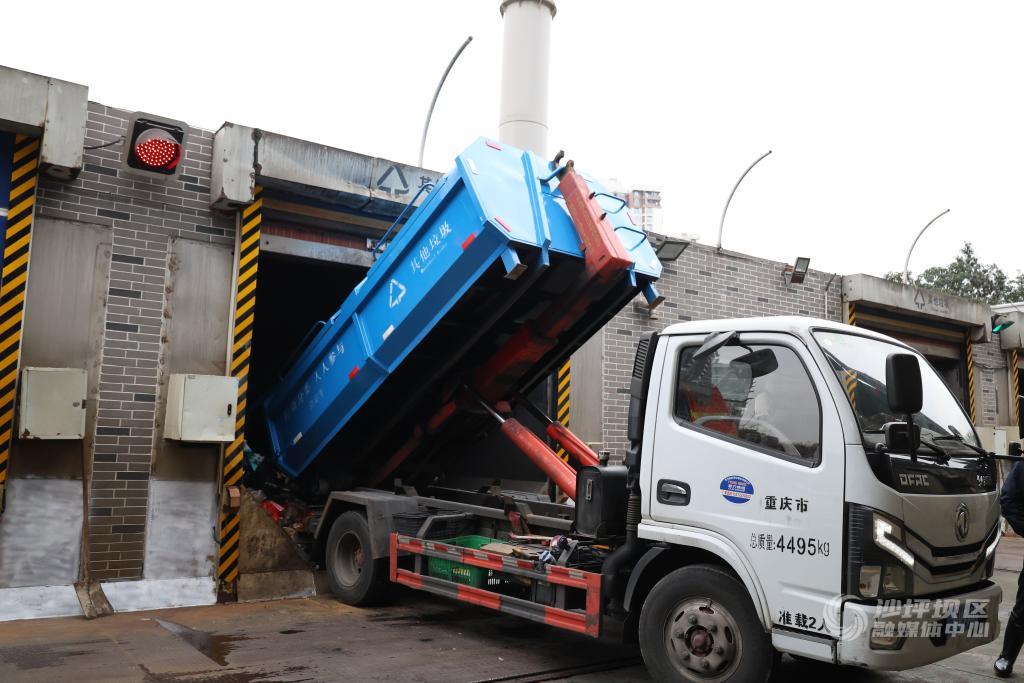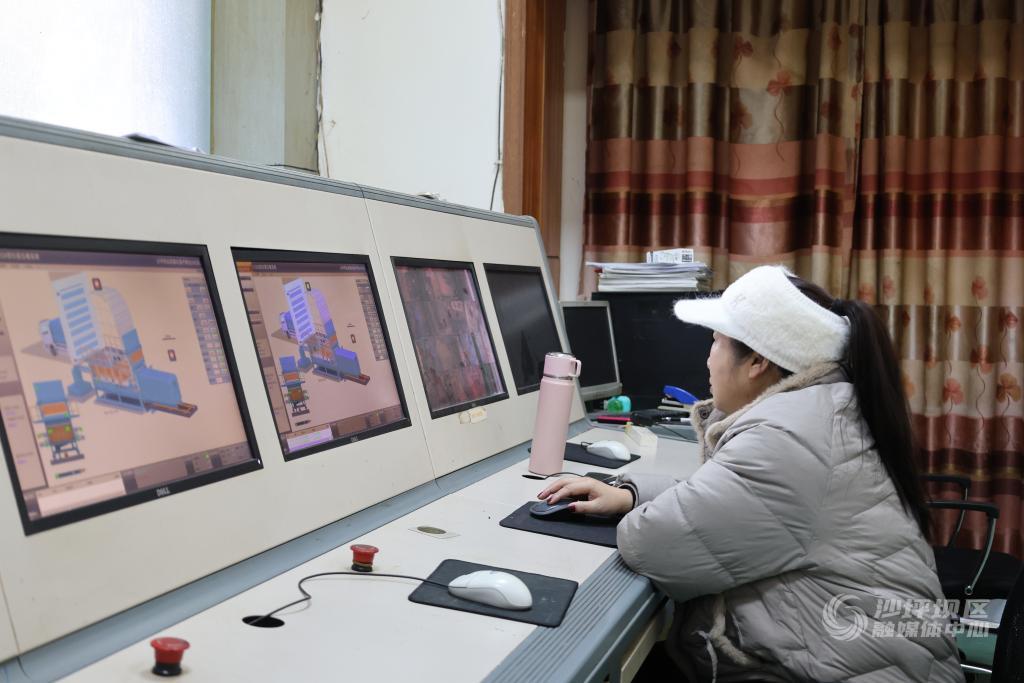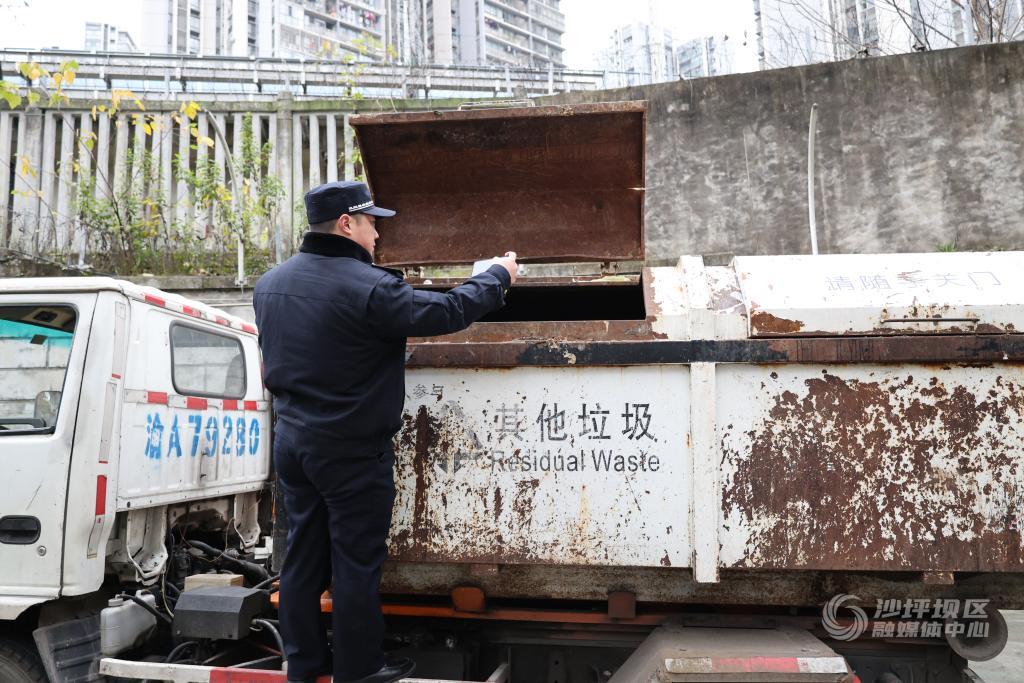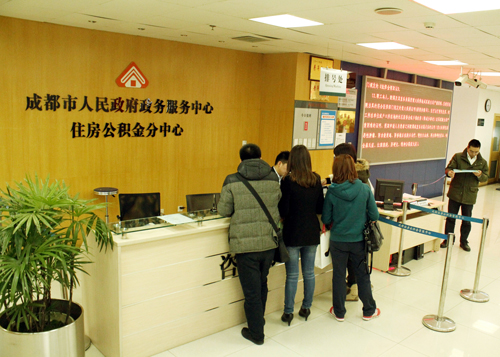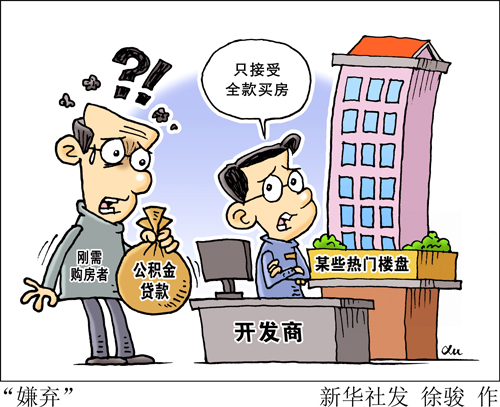
one
In 1971, 18-year-old Teresa Teng performed at Mayflower Hotel. On the first day of the performance, the audience in the first three rows were particularly absorbed and kept interacting with her enthusiastically. The next day, she found that the audience in the first three rows seemed to be the same people as yesterday.
On the third day, this group of people came again.
She was puzzled and ran to ask the hotel manager. The manager told her: the first three rows were bought by a young man. You will give 45 performances this time, and his relatives and friends will come to see them 45 times.

Teresa Teng
Out of curiosity, Teresa Teng and his mother made an appointment with the young man.
Hotel lobby, they met for the first time. The young man named Lin Zhenfa, five years older than Teresa Teng, is a local paper tycoon and a veteran fan. He also has an uncle who has taken over the lottery industry in Kuala Lumpur.
A week later, Teresa Teng accepted Lin Zhenfa’s date invitation. This is Teresa Teng’s first love openly admitted.
They play ball together during the day and have supper together after the concert in the evening. During that time, Teresa Teng liked riding, and Lin Zhenfa happened to have studied equestrian, and they often met at the racecourse. Lin Jia’s family is open-minded, unlike some Southeast Asian Chinese giants who are obsessed with the woman’s star status. His "friends and relatives group" attended all 45 performances in Teresa Teng on time. Therefore, this relationship has developed rapidly.
Not long ago, Teresa Teng was almost declined by Qiong Yao to sing the theme song, for the reason that she had no love experience and was afraid that she would not be able to sing a love song.

Teresa Teng and Lin Zhenfa.
Although it has become popular in Southeast Asia, Teresa Teng still looks childish. Before meeting Lin Zhenfa, she told her mother that singing could not be her permanent career, and she, like other women, would definitely get married. If you choose not to sing in the future, it can only be because you are married or your vocal cords are permanently damaged.
Neither of these things happened until her death.
2
Teresa Teng’s childhood was not happy. Father Deng did some small business, and with five children at home, life was difficult.

Teresa Teng in childhood (bottom left)
When Teresa Teng entered school, he was always scolded by local students, and he was often isolated between classes. Her parents knew her situation, but there was nothing they could do under the prevailing social atmosphere. Teresa Teng, who was born to love singing, sometimes adapted the lyrics and then fought back by singing.
She not only sings when she is scolded, but also likes to sing in the neighborhood on holidays. She was born with her own star style. After listening to it, her neighbors always clapped their hands and shouted at her: One more song!
At the age of 11, she won the radio competition championship with a song "Visit Britain" and earned a bonus for singing for the first time. In junior high school, many performances come to you. In the famous night Paris karaoke hall in Taipei, she once set a record of singing for 70 days in a row, and she could earn a month’s salary for ordinary white-collar workers in one night.
The school is afraid that she will lead a bad atmosphere and let her choose between singing and learning. She was the youngest child with four older brothers. At the age of 13, she chose to drop out of school and take up the livelihood of her family.

Life photos of Teresa Teng in the early 1970s.
Talent makes her the one who takes care of her family, not the one who is taken care of. When she met Andy Lin, she had worked hard in the entertainment industry for five years. Not long after this love affair, Teresa Teng said: I will never marry unless I am in Lin Zhenfa.
But the plan was disrupted by a Japanese.
In 1973, Teresa Teng was invited to perform in a karaoke bar in Hong Kong. The head of Japanese Polaroid Records Company who came on vacation was shocked when she heard her singing. Because he drank wine that night, he was afraid that his hearing would be affected, so he came again the next day. This time, he didn’t drink, and he specially sat in the front row.
After listening, he decided to take Teresa Teng to Japan. He said to his colleagues: Her voice is like a pearl. If our company doesn’t sign her soon, she will soon be taken away by other companies.

At that time, Japan was the second largest music market in the world, and three Chinese singers, Weng Qianyu, Au Yeung Fei and Chen Meiling, had already created a world there.
After returning to Japan to report to the company, Zhou Muren came to Hong Kong, China again to make an appointment with Teresa Teng. This year, Zhou Muren was 40 years old. Many years later, he was called "Teresa Teng’s Japanese father".
He met Teresa Teng and his mother first. "Being popular in Southeast Asia is not enough. If you can go to Japan, you can go to the world."
At the first meeting, Teresa Teng listened attentively and didn’t speak. Everything was answered by her mother.
Shortly after meeting the mother and daughter, Zhou Muren received a reply from the Deng family through the company: Please forget this matter. Because Deng Fu once participated in War of Resistance against Japanese Aggression, he didn’t like the Japanese. However, Zhou Muren refused to give up and stayed in Hong Kong, China to continue lobbying. He visited Deng’s house many times and said: As long as Teresa Teng goes to Japan, the company will accept any conditions.
After several meetings, the Deng family was moved by his sincerity, and many conditions were added to the contract to protect Teresa Teng. One of them was: Miss Teresa Teng must be guaranteed to be popular in Japanese music.
On the day of signing the contract, both sides were very happy. Father Deng also asked the hotel to bleed live turtles on the spot and invited Zhou Muren to drink. Zhou Muren has never done this before, but in order to sign the contract smoothly, he gulped it down. After drinking, Father Deng said, My daughter will please you.

Zhou Muren and Teresa Teng
At that time, it coincided with the Japanese music awards season at the end of the year, and Teresa Teng and her daughter participated in many activities. When Teresa Teng saw other newcomers win prizes at the awards ceremony, she raised her fighting spirit. She told Zhou Muren: I should be standing on the stage next year.
In 1974, Teresa Teng made her official debut in Japan, and her stage name came from the transliteration of the English name Teresa Teng. This year is also the third year that the media said that she and Lin Zhenfa "planned to get married within three years", but since then, they have been separated from each other.
At the age of 21, she still wants to marry Lin Zhenfa. She naively thinks that if two people love each other, it is only a matter of postponing the wedding date.
three
At that time, all the Chinese female singers who developed in Japan started to become popular with their first songs, so the company paid special attention to Teresa Teng’s first song, and spent a lot of money to invite a famous Japanese composer, Tanmi Jingping, and a lyricist, Kazuo Yamashita. During the publicity, the company also specially reduced Teresa Teng’s age by two years.

I didn’t want to. The audience didn’t buy this song "Tonight or Tomorrow", and finally it only ranked 75th on the best-selling list, while You Ya, another Taiwan, China female singer who made songs together in Japan in the same period, rushed to 24th.
The top management of the company was very nervous and immediately held a meeting to discuss whether to continue to push Teresa Teng. As a result, 15 people opposed it and 4 people agreed. The company even began to question the boat barnyard grass that Teresa Teng had been dug up.
Teresa Teng didn’t even speak Japanese fluently at that time, so he took all the blame on himself. But Zhou Muren took over: This is my responsibility.
He found that Teresa Teng should take the charming female route, not the lovely route. At that time, Teresa Teng was 21 years old, and the company still packaged her like an 18-year-old singer, emphasizing youth and mischief, and there were many skipping movements when singing.
The company agreed to try again. If it doesn’t work out, Teresa Teng will go back to Taiwan, China.
In order to attack the newcomer award that year, they only have three months left. In three months, Zhou Muren found someone to re-create a single that was biased towards the traditional Japanese "singing", making Teresa Teng burn big waves, put on a dinner dress and high heels, and adjust his singing. In the end, they handed over a sad "Airport" before the specified time.

Less than a month after its launch, Airport entered the top 15 of the charts, with sales exceeding 750,000 copies. Teresa Teng easily defeated Japanese singers and won the "Best Newcomer Singer Award" that year. Zhou Muren specially invited Deng Fu to attend the award ceremony. He said to Teresa Teng: At last, I have confessed to your father.
Teresa Teng began to enter the mainstream vision of Japanese performing arts as a foreigner. In the following three years, she released three Japanese albums and Chinese cover versions in succession, winning prizes in Hong Kong, China and Japan. In 1976, she returned to Hong Kong, China with a Japanese band of twenty people and gave several concerts. The venue was full, which surprised the Japanese counterparts who went with it.
Everything is on the bright side, except her lover Lin Zhenfa. He didn’t wait until their wedding day.
In 1978, when Teresa Teng returned to Kaohsiung to perform, he suddenly received a telegram from Lin Zhenfa that he had a heart attack. The next day, she boarded the plane to Kuala Lumpur, but she saw the news that "Lin Zhenfa died young at the age of 30" in the Sing Tao Daily on the plane.
Seeing Lin’s mother, they cried. Mother Lin has always liked her very much. In grief, she hopes to give her the seaside villa where Andy Lin lived before. When sorting out relics, Teresa Teng found a photo album before Andy Lin, which mostly contained photos of two people during their five years in Japan. What she didn’t expect was that each photo was accompanied by a short poem written by Andy Lin.
She turned down Lin Mu’s villa and took the photo album.
During that time, as long as she sang "Goodbye, My Love" on the stage, she would definitely cry and sing while crying. She may remember the "friends and relatives group" in the first three rows when they first met. At that time, she thought there was plenty of time, that she would marry him.

Soon, she contacted Zhou Muren and went to Japan to record two personal albums, Love Song of the Island-Episode IV and A Love Letter, especially the favorite song "Love in the Morning Light" before Andy Lin happened.
four
The year after Lin Zhenfa’s unexpected death, Teresa Teng suffered a "passport storm".
At the end of that year, Teresa Teng went to the United States to study for fun.
At that time, Jackie Chan had just arrived in the United States, making full efforts to prepare for the new film "Kill the Hand Trench". One day, Jackie Chan and his friends went to Disney, and suddenly they heard someone speaking Chinese. When they looked up, it was actually the famous Teresa Teng. They didn’t know each other in private, but simply said hello.
As far as coffee spots are concerned, Teresa Teng is already an Asian superstar, while Jackie Chan is just a rising martial arts star. After Disney said goodbye, the two met to skate and learn English. He taught her to skate and she taught him English.

Jackie Chan and Teresa Teng often skate together on the roadside in Los Angeles. Even if they laugh happily, there is no need to worry that someone will recognize them.
Soon, Jackie Chan’s movie will start, and Teresa Teng will return to Taiwan, China. Jackie Chan told her: I will go to see you. He kept his word, and the location of the next film was chosen in Taiwan, China.
Teresa Teng invited Jackie Chan to his concert and specially gave him a box ticket upstairs. When singing, Teresa Teng looked upstairs from time to time. Jackie Chan suddenly felt proud when he saw the audience applauding Teresa Teng warmly at the bottom: It was my girlfriend on the stage.

But neither of them intends to make public the news of the explosion.
Unfortunately, the honeymoon didn’t last long. Jackie Chan gradually felt that Teresa Teng was "too good", so good that he needed to look up all the time, and he needed someone who could look up to himself. For this reason, he is always angry with Teresa Teng.
Soon, Teresa Teng will fly to Japan and call Jackie Chan to say goodbye. At that time, she had just finished the concert and had not had time to change her finery. When she walked into the room, she looked at Jackie Chan’s brothers. However, Jackie Chan’s self-esteem has made up his mind to be angry with Teresa Teng, so he only said one word to Teresa Teng, "Sit down!" , and then began to chat with brothers script, Teresa Teng air for more than an hour.
After more than an hour, Teresa Teng said, Jackie, I’ll go first. Jackie chan only replied with one word: good. After Teresa Teng turned to go out, the brothers carefully reminded him: Big Brother, you have to give it to others. But when Jackie Chan catches up with the elevator door, the elevator door has been closed.
After going downstairs, Teresa Teng called Jackie Chan: "Jackie, you don’t seem to need me very much. What you need is your brothers." Jackie Chan didn’t know what to reply, so he hung up the phone directly. Before boarding the plane, Teresa Teng sent Jackie Chan a cassette containing his own song "What Do You Say", with the famous lyrics: "Give me back my love."
After that, Jackie Chan was busy making movies and Teresa Teng was busy singing, and they never contacted each other again.
A few years later, Lin Jianyue, who knew this story, held an award ceremony to incite Jackie Chan to give Teresa Teng an award, and lied to Jackie Chan: Teresa Teng knew.
In order to make up for the recklessness of that year, Jackie Chan decided to award the prize. Who knows that when Teresa Teng saw him on the stage, he turned around and left, even without a prize.
Jackie Chan chased her more than half of the stage in public, and said, Teresa, don’t do this, it’s ugly!
five
In 1981, Teresa Teng’s five albums won the Platinum Record Awards in Hong Kong, China at the same time, which set an unbreakable record for future generations. And her previous concerts in the United States have gradually won her international reputation. 
But she has been in vanity fair since she was 14 years old, and she is tired of it. She is increasingly yearning for normal family life. She said to her best friend, "I want to retire beautifully and return to my family."
At this time, she once again met Guo Kongcheng (the son of Guo Henian, the richest Malaysian Chinese) introduced by a friend a few years ago, and they began to appreciate each other.
On October 28th, 1981, they got engaged and planned to hold a wedding reception on March 17th. Teresa Teng attached great importance to this engagement and admitted it to the media for the first time.
Deciding to stop singing as soon as she got married, she called Zhou Muren to discuss the cancellation and prepare for the farewell concert.
After knowing Teresa Teng’s thoughts, Zhou Muren was very sorry, but he still said to Teresa Teng’s mother, It’s all right, at what age and what to do.
Seeing that she is going to get married, Guo Kongcheng’s grandmother is very old-fashioned. She puts forward three harsh conditions for her granddaughter-in-law-to explain her past love affairs; Stop acting career completely after marriage; Cut off contacts with the entertainment industry, especially the opposite sex.
Although Teresa Teng intended to quit the show business after marriage, the Guo family almost turned herself into a "housewife without a job and friends", and she felt insulted. She hopes her fiance can speak for herself and relax the conditions. But she didn’t expect, Guo Kongcheng cowardly refused.

Guo Kongcheng and Teresa Teng.
On the fifth day before the wedding, the white wedding dress has been delivered to her hotel. Together, there is also a gift-a matchbox with their names printed on it. She struck a match at the wedding dress blankly.
This is the closest she has come to her wedding dress.
After striking the match, she made an overseas call to Zhou Muren: I won’t get married, I will continue to sing the song.
In less than a year, Zhou Muren gave her a generous gift. He became independent from Polaroid Company, and set up Jinniu Palace Record Company specifically for Teresa Teng’s return to Japan.
Many years later, Guo Kongcheng finally got married to a Japanese girl, Yumiko, who is also a huge fan of Teresa Teng. People say that Yumiko’s profile looks like Teresa Teng’s.
six
Teresa Teng, who failed to get married, had an explosion in her career. Since 1984, the three singles "Repay", "Love" and "Time Goes by" written by Zhou Muren for Teresa Teng have won the Japanese Cable Award for three consecutive years, and no one can break this record so far. Therefore, she has twice appeared in the famous NHK Red and White Song Festival in Japan.
At that time, she was also selected as one of the "Seven Female Singers in the World" by Time magazine. Whitney Houston and Yamaguchi Momoe were selected together.

In 1985, Zhou Muren gave a ONE AND ONLY concert for Teresa Teng at NHK Hall in Tokyo. This is her first concert in Japan for many years. Tickets were snapped up in three days, and the price went from 5,000 yen to 30,000 yen.
The red mermaid evening dress she wore at the opening ceremony was made into her own costume by kylie minogue 20 years later, which was made from a one-to-one replica of gold fabric.
The name of the concert is ONE AND ONLY, which means unique. "I didn’t expect a word, this concert really became the only one." After a long time, Zhou Muren was still heartbroken.
Teresa Teng’s glorious 1980s finally came to an end when he left for France in 1989.
When she lived in seclusion in a foreign country, French photographer Paul, who was 15 years younger than her, became her boyfriend, even though many relatives and friends felt that they were not a match.

In his early years, Teresa Teng painted all his residences pink, believing that the color of peach blossoms could bring him a good marriage. Now, she prefers to enjoy the present company. On December 31st, 1994, Teresa Teng and Paul spent the New Year’s Eve together in Chiang Mai. That night, she didn’t appear in public for a long time. She was in high spirits and went on stage to sing "Sweet Honey" with everyone. At the end of the song, she said loudly: I wish everyone a wonderful 1995!
A few months later, on May 8th, she died of sudden asthma in Chiang Mai at the age of 42. In early May, Teresa Teng made a phone call to Jackie Chan, and his assistant answered the phone. Teresa Teng said, I’m Miss Deng. I’m looking for Jackie. But Jackie Chan was away at that time, and the assistant told her: Big Brother will come back in a few days. Soon, Jackie Chan heard the news of Teresa Teng’s death. He regretted not receiving that phone call. After Teresa Teng died, Zhou Muren, who had worked with her for 22 years, closed Jinniu Palace Records Company. The track played at Teresa Teng’s funeral was Goodbye My Love. It was the largest funeral for Taiwan, China since 1970s, and more than 500,000 people saw her off. Mourning activities were held in many parts of the world. Many people expect to get a lot of love. But Teresa Teng, who has gained a lot of love, wants nothing more than the happiness of being a wife.
seven
On December 15th, 1985, at the ONE AND ONLY concert, Teresa Teng put on a white wedding dress and sang "Love" according to her own idea.

This song set a record of winning the championship for 10 weeks in a row and being the first in the cable TV on demand rate for 14 weeks in a row. At the end of the year, the total number of songs on demand was as high as 950,000, and the total sales volume exceeded 1.5 million. On that grand night, at the age of 32, she put on the only wedding dress in her life. Many people say that it was her best live performance. Tens of thousands of viewers who loved her witnessed that moment for her.
Original title: Teresa Teng and her missed lovers: How hard is it to be a wife?
[Disclaimer] The texts, pictures, audio and video that are not marked with "Source: Upstream News-chongqing morning post" or "Upstream News LOGO" on the upstream news client are all reposted. If the reposted manuscript involves copyright issues, please contact the upstream news.

